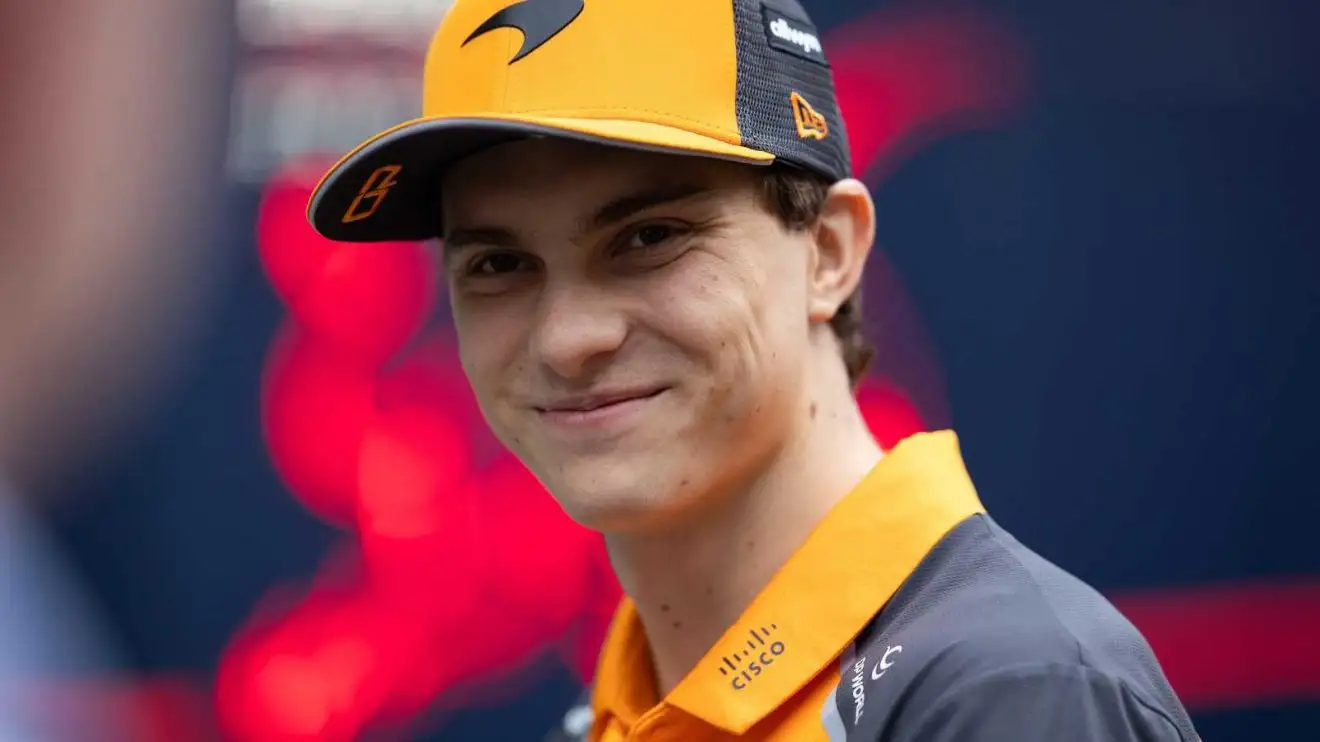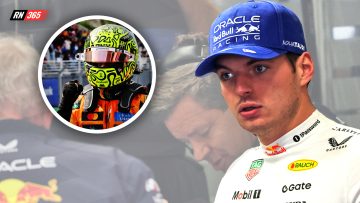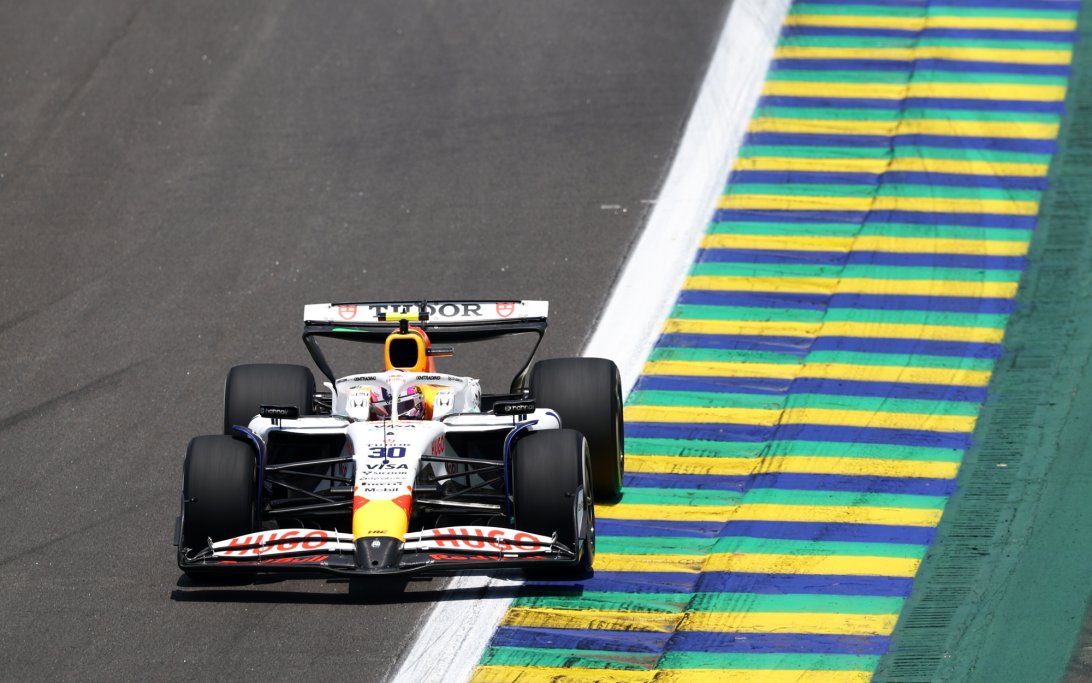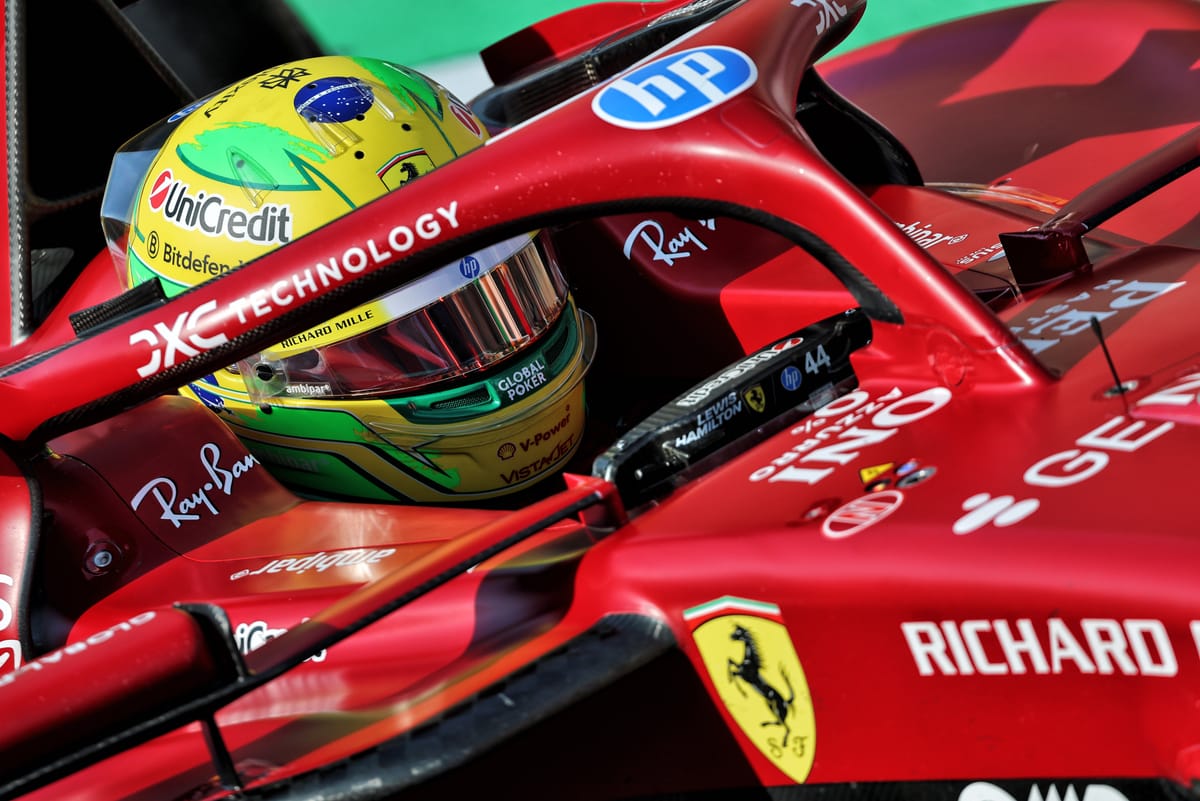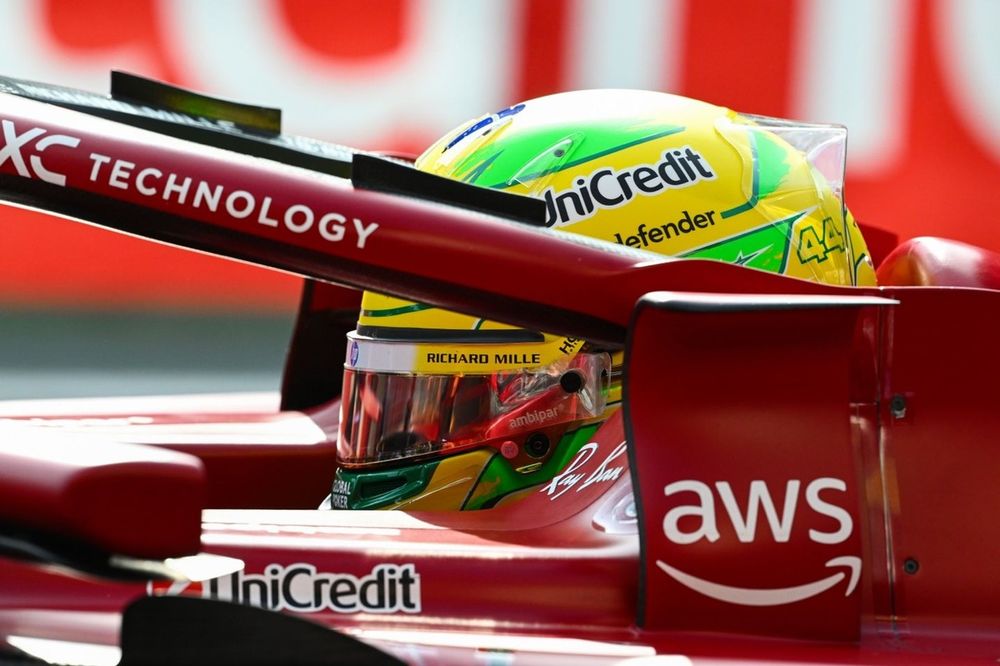
What Went Wrong for Ferrari in F1 Brazil GP Sprint Qualifying
Ferrari's struggles at the Brazil GP sprint qualifying were a mix of bad luck, driver error, and a persistent car issue that has plagued the SF-25 all season. While yellow flags and track evolution played a part, the underlying problem lies with the car's inability to maintain optimal ride height, severely impacting its aerodynamic performance.
Why it matters:
Ferrari's consistent underperformance, especially in qualifying, highlights a fundamental flaw in the SF-25's design, which has prevented them from consistently challenging for wins. Addressing this core issue is critical for the team to become a true championship contender and return to their former glory in Formula 1.
The details:
- Leclerc's Spin and Hamilton's Impact: Charles Leclerc spun in SQ2, causing yellow flags that disrupted Lewis Hamilton's final push lap, preventing him from improving his time and ultimately eliminating him in 11th. Hamilton's own performance was already subpar, making the yellow flag a final blow rather than the sole cause of his exit.
- Track Evolution and Timing: Ferrari's decision to leave push laps late was influenced by track evolution, a common strategy. However, Leclerc encountered Isack Hadjar's Racing Bulls car at a critical, tight section of the track, forcing him to hustle the car excessively, leading to a scruffy lap and eventual spin.
- SF-25's Aero Problem: The core issue is the SF-25's aerodynamic map, optimized for low ride heights that the car consistently fails to achieve in real-world running. This inability to maintain a low rear ride height critically compromises the underfloor's downforce generation.
- Ground Effect Challenges: In the current ground-effect era, effective sealing of the floor edges is paramount. Red Bull, with Adrian Newey's expertise from previous ground-effect eras, quickly understood the role of suspension kinematics in harnessing underfloor aero and mitigating porpoising and bouncing. Ferrari has yet to crack this secret.
- Ride Height Impact on Pace: Raising the rear ride height, a necessity for Ferrari due to their car's characteristics on bumpy tracks like Interlagos, has a detrimental effect on the SF-25's pace. Leclerc's qualifying pace plateaued, finding minimal lap time improvement even with softer tires.
The big picture:
Ferrari's challenges at Interlagos are symptomatic of a deeper, season-long issue with the SF-25's design. While teams like McLaren and Red Bull have found ways to manage low rear ride heights, Ferrari continues to struggle, leading to inconsistent performance and hindering their title aspirations. The bumpy nature of Interlagos merely exposed these inherent weaknesses more dramatically.
What's next:
Ferrari must urgently address the fundamental aerodynamic and suspension issues with the SF-25 if they hope to be competitive in future seasons. While Leclerc expressed frustration, the team needs to work on long-term solutions rather than quick fixes to unlock the car's full potential and provide their drivers with a more stable and effective package. Addressing these core problems will be crucial for their development for the upcoming season and beyond.
Original Article :https://www.motorsport.com/f1/news/what-went-wrong-for-ferrari-in-brazil-gp-spri...



